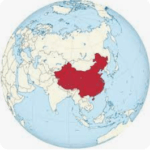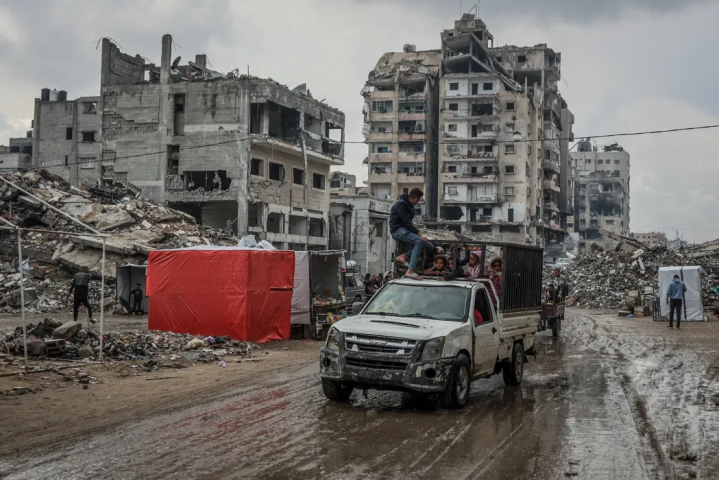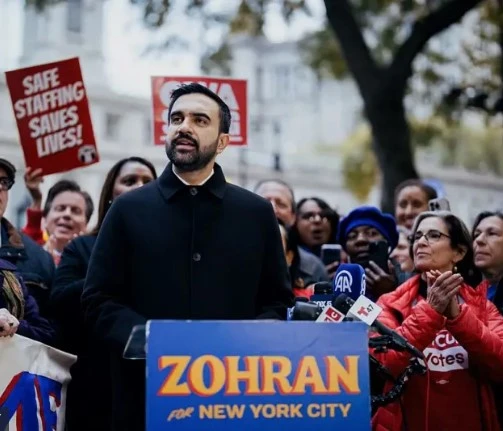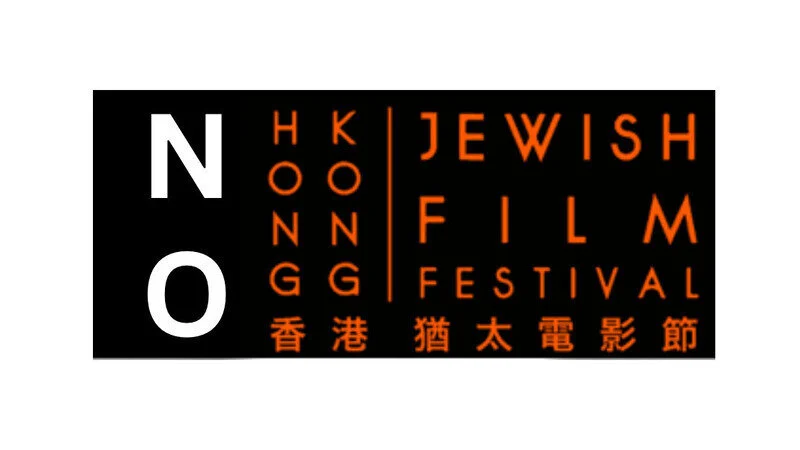Part:01
Editor: Ji Hengge is a young revolutionary communist on the Chinese
mainland who uses a pseudonym for security reasons. We interviewed him in
mid-January and asked him to talk about the contradictions of the Chinese
government’s shift from a COVID zero strategy to openness over the past
three years and its impact on the grassroots peoples, as well as the prospects
for the working class struggle.
1.What is your assessment of the CCP’s changing zero COVID response
throughout 2020, 2021 and their present abandonment of the strategy? How does
their response fit into Xi and the CCP’s broader state-building project?
Ji Hengge: When the Covid-19 first emerged in late 2019 and January 2020, the
Chinese government adopted a policy of concealing the Covid-19 until the end of
January 2020, when the Covid-19 was no longer under control, and then suddenly
shifted to strict zero measures, which were gradually changed to a “dynamic zero-
Covid-19″ strategy by April 2020. Since then, the Chinese government has lifted
lock-down measures in non-infected areas and has resumed transport, work and
school life to some extent. The dynamic zero Covid-19 strategy had a better effect in
2021, allowing China to avoid a widespread infestation of Delta and to ensure to some
extent a recovery of economic activity, but at that time the problem of over-proofing
was manifested in individual areas (e.g. Xinjiang and Ruili, Yunnan). In 2022, with
the spread of the faster-spreading Omicron variant, the dynamic zero Covid-19
strategy is seriously challenged, with many regions relying on universal nucleic acid
testing to monitor and avoid Covid-19 infection, and with significant resources
devoted to containment and nucleic acid testing without a substantial boost in medical
resources. In the first half of 2022, as a result of the Covid-19 pandemic in Shanghai,
which brought production and life to a halt, many more people died from the
lockdown measure than from Covid-19. The government’s gross violations of human
rights and serious disruptions to productive activities everywhere in order to achieve
the dynamic zero Covid-19 strategy provoked discontent among the general public
and capitalists against the dynamic clearance policy, and this discontent finally
erupted into an anti-lockdown social movement in November 2022. The government
was pressured by social protests on the one hand, and by the economic crisis on the
other, so it quickly abandoned the dynamic zeroing policy again.
Covid’s initial concealment is a sign of the bureaucracy that has always been present.
The pandemic brought about by the concealment triggered a public outcry against the
government, and a strategy of lockdown and zero Covid-19 strategy was embarked
upon to appease the public and to compete with the West for “system” advantage. In
addition, the sequestration brought about by the zero Covid-19 strategy also served as
an exercise in the Xi regime’s intense control over society, and the comprehensive
grasp and monitoring of personal information has never reached such a high level.
Today the government has abandoned dynamic zero Covid-19 strategy, mainly to
meet the needs of normal capitalist functioning.
2.How has the Chinese economy’s fortunes changed throughout the pandemic?
For a while, zero COVID could be sustained with a relative degree of economic
growth. But now the economic situation has turned bad for the Chinese ruling
class. In what way is that influencing the decision to abandon zero COVID?
What economic challenges do they now face? And what consequences does this
have for the global economy?
Ji Hengge: Before the pandemic, China’s economic growth had already declined, with
a large number of factories closing and workers losing their jobs, and many
manufacturing companies moving to Vietnam as average profit margins fell, so the
pandemic simply exacerbated China’s economic crisis.
During the pandemic, China’s recession became more pronounced, with some quarters
experiencing negative growth, something that had not happened since the Reform and
Open of the country in 1978. At the same time, the economic problems that preceded
the pandemic continue to be severe, such as a more pronounced decline in
manufacturing, the near bursting of China’s key pillar industry, the real estate bubble,
and the continued decline in real estate investment. In addition, the restaurant, tourism
and retail sectors were also hit hard by the lockdown measures during the pandemic,
which increased the petty bourgeoisie’s resentment of the government.
The economic recession and severe unemployment had already severely impacted on
the stability of the regime, with growing discontent among the working people and a
backlash from capitalists against these policies that affected normal business,
especially when an anti-lockdown social movement broke out in November,
prompting a decision at the highest level of the CCP to abandon the zero Covid-19
strategy.
In addition, data suggest that the Omicron variant is less harmful than Delta and the
original Covid-19 virus, leading the leaders of the Party and State to believe that
abandoning the zero Covid-19 Strategy at this time would not pose a very serious
public health crisis.
The abandonment of the zero Covid-19 strategy will lead to a recovery in industries
such as catering and tourism, and a small recovery in manufacturing, but the
fundamental problems that triggered the economic crisis have not been solved, and
the decline in industry and real estate in particular will continue. On the other hand,
since the US-China trade war, China has sought to vigorously develop its high-tech
industries, particularly the chip industry, in order to break the technological barriers
imposed by the US, but progress in this regard has been limited. So the Chinese
economy will show a slow growth in the next few years, and may have negative
growth at individual times.
The current recession in China will push domestic monopoly capital to increase its
export of capital, which will intensify competition with other countries in terms of
trade and investment, and this will also lead to increased political confrontation. At
the same time, China’s large state-owned monopoly capital groups will become
stronger during the crisis and the monopoly of the Chinese economy will increase
further. The real estate crisis, on the other hand, will increase the level of financial
risk in China, which will make international financial capital less stable.
3.The abandonment of zero COVID is a huge attack on the working class. Has
there been any resistance to the abandonment of zero COVID so far? What
prospects do you see for working class resistance in the coming period?
Ji Hengge: The abandonment of the zero Covid-19 strategy was not met with mass
resistance from the working class, and some workers would fight against the company
for full pay for the period of leave due to the infection, but these struggles were
sporadic and did not lead to mass collective resistance. In general, many people in
China are fearful of abandoning the closure control measures because the Chinese
government has long publicised the high mortality rate or serious sequelae of Covid-
- This, coupled with the fact that since December the pandemic has led to a large
number of deaths among the elderly, the Chinese government has not prepared
adequately for the abandonment of the lockdown, resulting in a severe shortage of
basic medicines such as antipyretics in many major cities and a serious overcrowding
of hospitals with fever patients. But these brought mainly emotional catharsis, not a
realistic movement of resistance.
But because of the impact of the November demonstrations, many people are aware of
the power of struggle for change, so working class resistance that begins for a variety
of reasons will increase in intensity and scale. In early January, for example, workers
at a pharmaceutical factory in Chongqing triggered a strike involving 20,000 people
after the factory fired more than 10,000 workers without consulting them and owed
them wages due to a drop in orders from medical companies following the
abandonment of the zero-Covid-19 strategy. This is another massive worker protest
since the Foxconn workers’ demonstration in Zhengzhou in November. It is important
to note that collective actions of more than 1,000 workers are rare during 2015-2021.
It is foreseeable that working class protests will be more frequent in the coming years,
although due to political repression and the lack of a socialist political orientation,
most of the demands of the protests will be mainly in the economic sphere and it
remains to be seen to what extent workers will be organised in the protests.
Actively observing the workers’ movement in the coming years and intensifying
propaganda will be the urgent task facing revolutionary communists in Mainland
China.
2023-1-12
![]()




